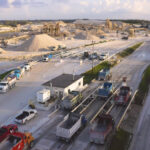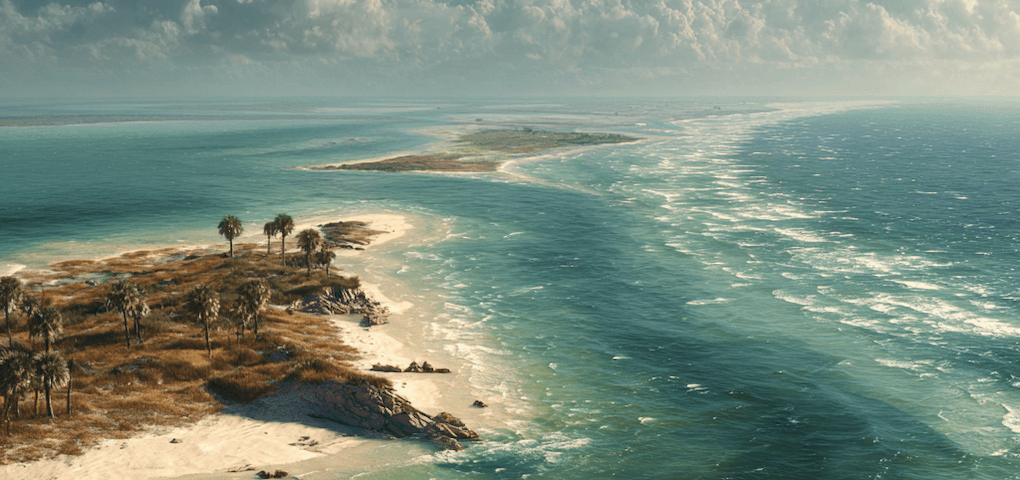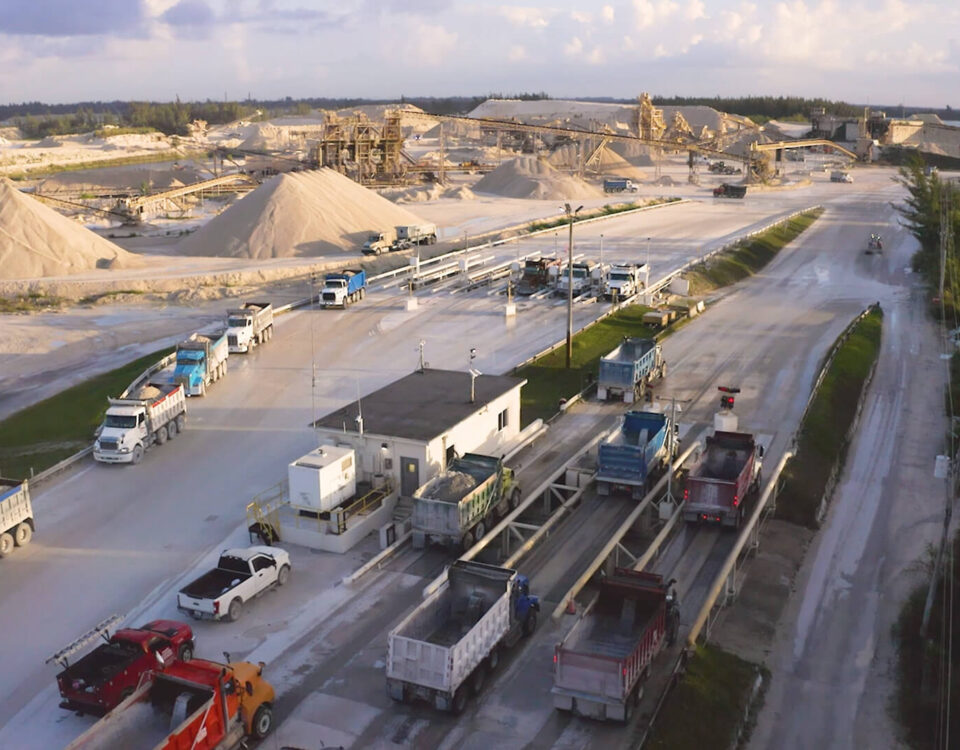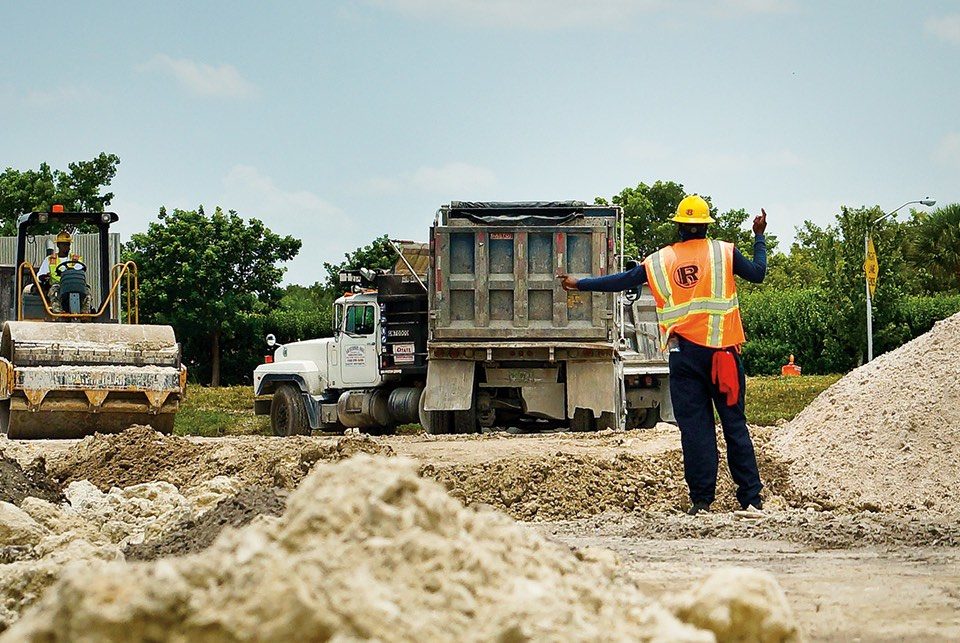
Trust the Science
July 8, 2025 Picture South Florida 130,000 years ago. No highways, no cities, just warm, shallow seas stretching across what would one day become Miami-Dade County. Ocean currents rolled tiny grains of sand and shell fragments across the sea floor, coating them with layer after layer of calcium carbonate, the same mineral found in seashells and chalk. Over time, these “ooids” (think tiny, round pebbles), piled up like microscopic pearls on the ocean bottom.
Picture South Florida 130,000 years ago. No highways, no cities, just warm, shallow seas stretching across what would one day become Miami-Dade County. Ocean currents rolled tiny grains of sand and shell fragments across the sea floor, coating them with layer after layer of calcium carbonate, the same mineral found in seashells and chalk. Over time, these “ooids” (think tiny, round pebbles), piled up like microscopic pearls on the ocean bottom.
When sea levels dropped, rainwater seeped through the deposits, cementing the ooids together into solid rock. The result? A dense, durable limestone unlike most of what you’ll find elsewhere.
Not All Limestone Is Created Equal
Limestone comes in many varieties, and quality varies wildly. Some crumbles under pressure. Some contains too much fine material or weak spots. Miami-Dade’s oolitic limestone, named for those tiny ooid grains, is different. Because it’s made of tightly packed material, rather than loose sediment or soft particles, it has exceptional strength and consistency. That matters when you need stone that can bear the weight of highways, bridges, and buildings without breaking down over time.
The Florida Department of Transportation’s (FDOT) high standards for road construction material include strict limits on abrasion loss (how much the rock wears down under friction), soundness (whether it can survive freeze-thaw cycles and weather exposure), and gradation (the size and distribution of particles), all tests that determine whether a rock can handle the pounding of traffic, weather, and time. The Lake Belt supplies roughly half of Florida’s FDOT-grade construction aggregate, the crushed stone used as the foundation for highways, bridges, and airport runways.
Why does Lake Belt limestone consistently meet those standards? Geology. The region contains two distinct layers: a top layer of sandy oolitic limestone and a bottom layer rich in ancient fossils, both exceptionally strong and reliable. Nature did the work over millennia, creating a material purpose-built for modern construction needs.
Bottom Line
Miami-Dade’s limestone isn’t just old rock. It’s the product of a precise geological process that happened to create one of the most reliable construction materials in the state. The same stone that formed in tropical seas more than 100,000 years ago now supports the roads you drive on, the buildings you work in, and the bridges connecting South Florida. Ancient oceans built modern infrastructure, and they did a pretty good job.
Learn more at mdlpa.org/science-center





